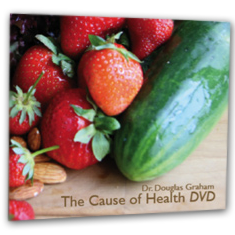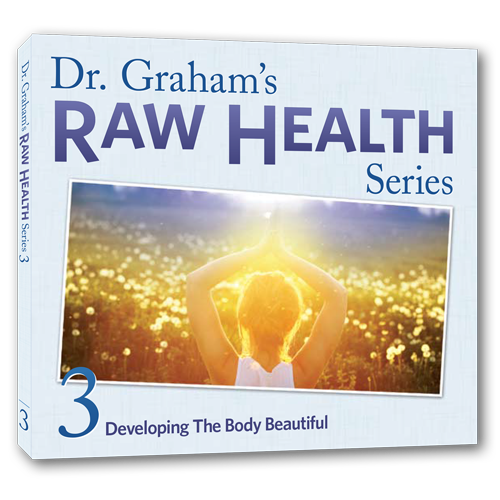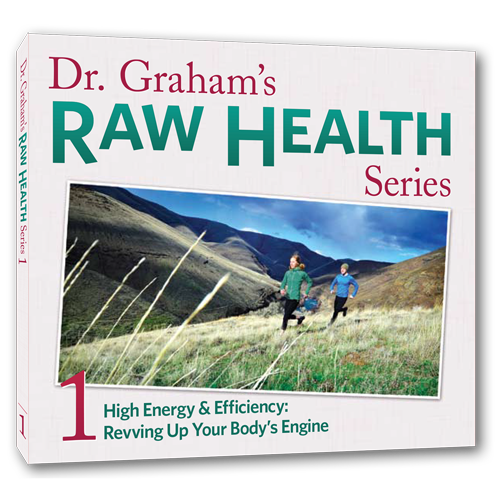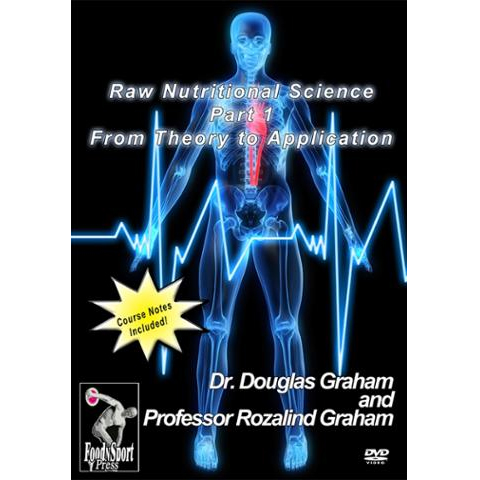Prevention and Care of Athletic Injuries : New Book Now Available!
by Dr. Graham
Published: Fri, 24 Jan 2014
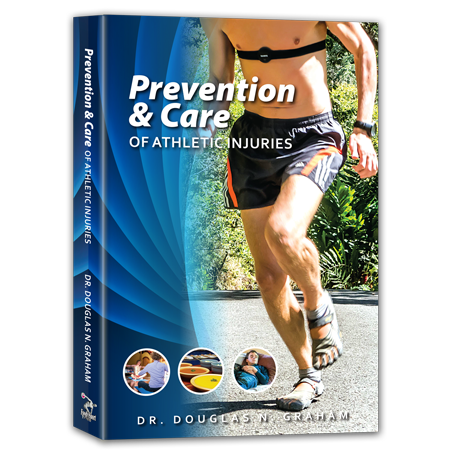
Unlike its predecessors, which focused primarily on first aid, therapy, and the treatment of injuries while putting little emphasis on injury prevention, the emphasis of Prevention and Care of Injuries is on the procedures, concepts, and awareness that result in healthy athletes who are not likely to be injury prone. Sections on psychology, lifestyle, and cutting-edge sports nutrition combine to promote peak performance. While covering all the bases and basics of injury management and protective gear, Prevention and Care of Athletic Injuries is unique in its comprehensiveness and the modernized use of kinesiology and other sports sciences in order to support safe, high-level performances from active people of all ages.
|
When initially asked to write Prevention and Care of Injuries (P&C), I was shown an outline, with the intention being that I would write the book from the very traditional framework suggested. I said "No, thank you, " and created instead an outline for a completely new book on healthy fitness training and recovery from physical activity, unlike any that has gone before. Prevention and Care of Injuries offers intelligent management of fitness activity, and as such is a comprehensive, modern day version of the "safety and first aid" books that have been coming out in a steady stream for more than a century. The chapter on nutrition offers the optimum strategies for active individuals to maximize recovery with their food. Superior nutritional practices result in the development of individuals who are less prone to accidents than their peers eating the Standard Western Diet. The sections on sports psychology give the information that allows active individuals to recognize when accidents are most likely to occur (at the beginning and ending of fitness sessions) while utilizing visualization and specific practice drills to optimize performance and minimize the risks of injury. Not only has protective gear design and materials progressed considerably during the past decade, but innovative use of teaching strategies such as landing pits and coaching platforms have made training safer while allowing the athlete to progress in skill development at greatly accelerated rates.
Even the care of injuries, long considered a relatively static set of procedures, is presented from a new perspective in Prevention and Care of Injuries. Ice, the unquestioned king of therapy, is presented for both the present and penalty that it really is. Ice dulls pain, but it also reduces blood flow hence it slows healing. You thus have pain for longer and healing is delayed. Radiation causes damage, but small doses of ultraviolet radiation are essential to clean the skin, lymph, and blood. Sleep is recognized for being one of the most important factors in both prevention and care of injuries. The first few professionals that saw the book all asked, "Why did you write this, and who is going to want to read it?" Once they spent a few minutes looking at it, each started bubbling with enthusiasm and suggestions about who needed to see it, which classes needed it as their text, and saying that they thought the book was really fantastic. I believe that anyone who reads P&C will benefit, whether they are a doctor, coach, athletic trainer, personal trainer, athlete, or just an active person. Injuries and illness are the greatest enemies to all active people. Prevention and Care of Injuries will guide you to be the healthiest athlete that you can be.
— Dr. Graham
|
Additional Resources
Articles:
- Nutrition and Athletic Recovery - Part I of II by Dr. Graham
- Cool Running by Dr. Graham
- Fitness: Simple Answers to Common Questions by Dr. Graham
- The One Car Theory by Dr. Graham
Retreat:
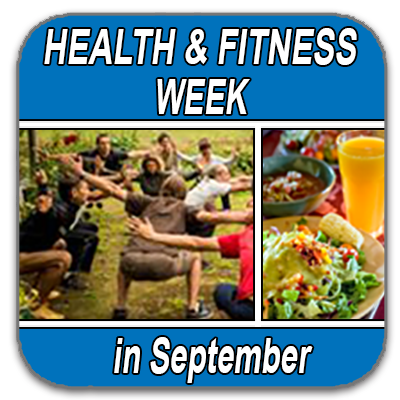
|
|





